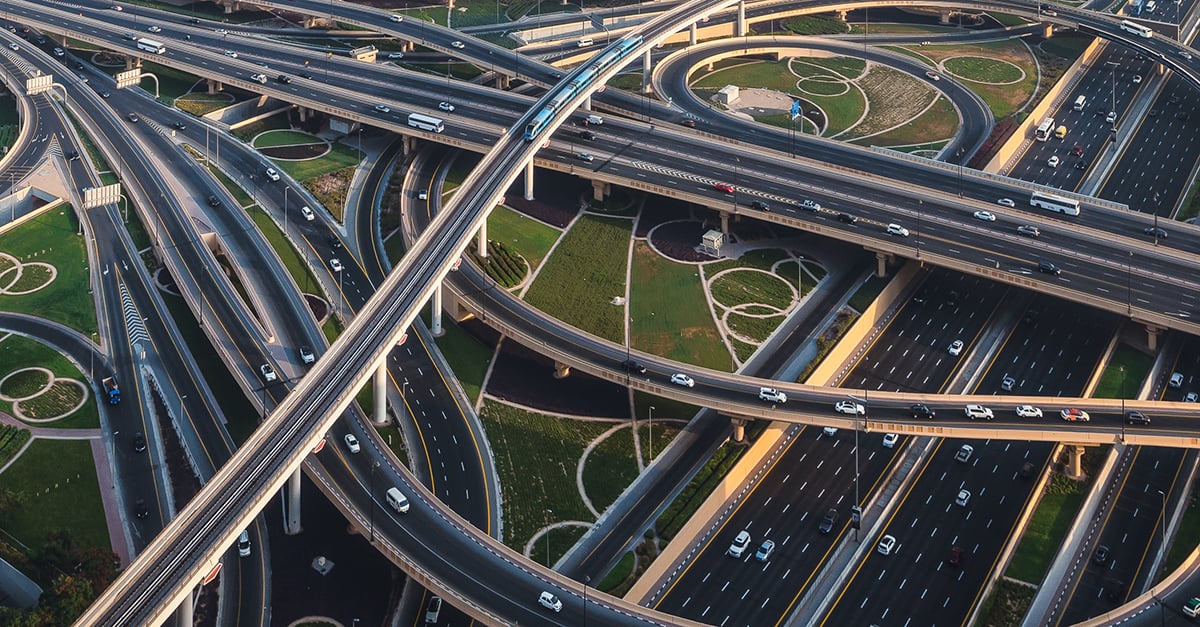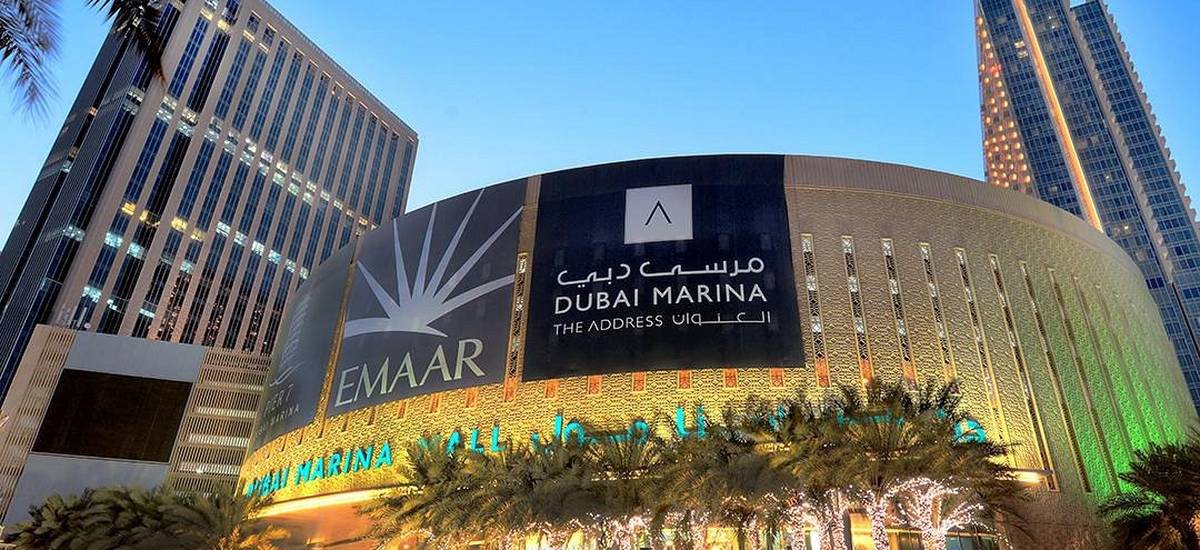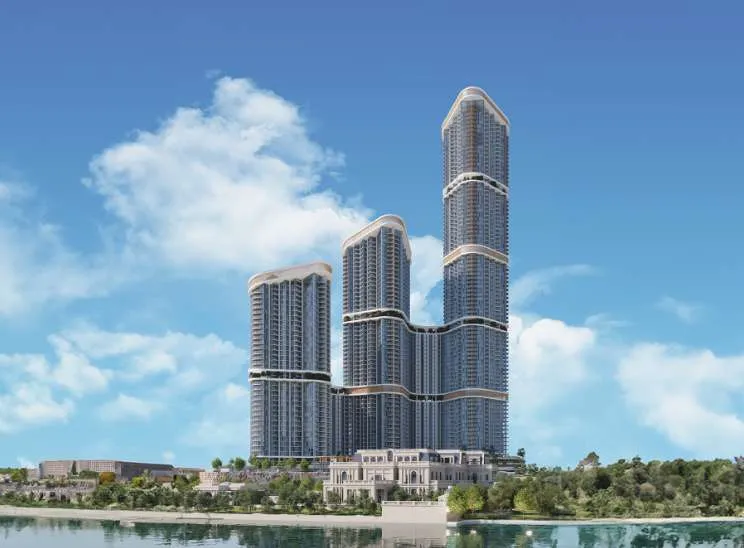In a fast-moving city like Dubai, connectivity is more than convenience—it’s a lifestyle necessity. The ability to move efficiently between work, home, leisure, and daily services can significantly improve how residents experience urban life. Nowhere is this more evident than in central Dubai, where connectivity defines not just how people live, but how well they live.
The Rise of Integrated Living
Dubai’s urban planning has evolved to place a strong focus on integrated communities. Developments in key areas like Sheikh Zayed Road, Business Bay, and Jumeirah Lake Towers are no longer just clusters of buildings—they’re self-contained ecosystems. Residents benefit from having retail, healthcare, fitness, dining, and green spaces within walking distance of their homes.
This shift toward integration reduces dependency on cars, shortens daily commutes, and adds flexibility to everyday routines. The result is a more seamless lifestyle that allows residents to focus on well-being, productivity, and time with family.
Transport Networks That Enable Mobility
Central Dubai is supported by one of the most efficient transport infrastructures in the region. Sheikh Zayed Road acts as the city’s main artery, connecting residents to every major business district and leisure hub. The Dubai Metro’s Red Line runs in parallel, offering fast and reliable transit for thousands of commuters each day.
Being close to metro stations, bus links, and major interchanges means that residents can easily access offices in DIFC, beaches in JBR, shopping at The Dubai Mall, or the airport—all without spending hours in traffic. This freedom to move comfortably contributes to higher satisfaction and less urban fatigue.
Work-Life Balance Through Accessibility
When people live closer to where they work or have easy access to commercial zones, their quality of life improves. Shorter commute times mean more time for fitness, hobbies, family, or even rest. Proximity to essential services like supermarkets, clinics, and pharmacies also reduces the stress of day-to-day errands.
This kind of access—built into the fabric of where you live—helps promote healthier routines and stronger community interaction. It’s a key reason why many residents and expats are choosing homes in central, well-connected neighbourhoods over more isolated suburban options.
Real Estate Value Linked to Connectivity
Developments with high levels of connectivity tend to perform better in the property market. They command higher rental returns, attract quality tenants, and are easier to sell or lease due to their location advantages. This is especially true in areas like Sheikh Zayed Road and JLT, where integrated planning meets high transport accessibility.
Projects such as Sobha Central reflect this evolution, offering direct entry and exit routes, podium-linked amenities, and proximity to metro stations—all of which enhance both liveability and investment potential.
Urban Mobility as a Lifestyle Driver
Today’s buyers are not just looking for square footage—they’re looking for flow. How easy is it to get in and out of the community? Can daily needs be met without driving 30 minutes? Are key city zones reachable in under 20 minutes? The answers to these questions often influence purchase decisions as much as price and layout.
Connectivity, in this sense, becomes a key lifestyle feature. It affects where people choose to live, how they structure their routines, and how much value they associate with a property. For residents of central Dubai, this mobility advantage has become an essential part of the modern urban experience.







